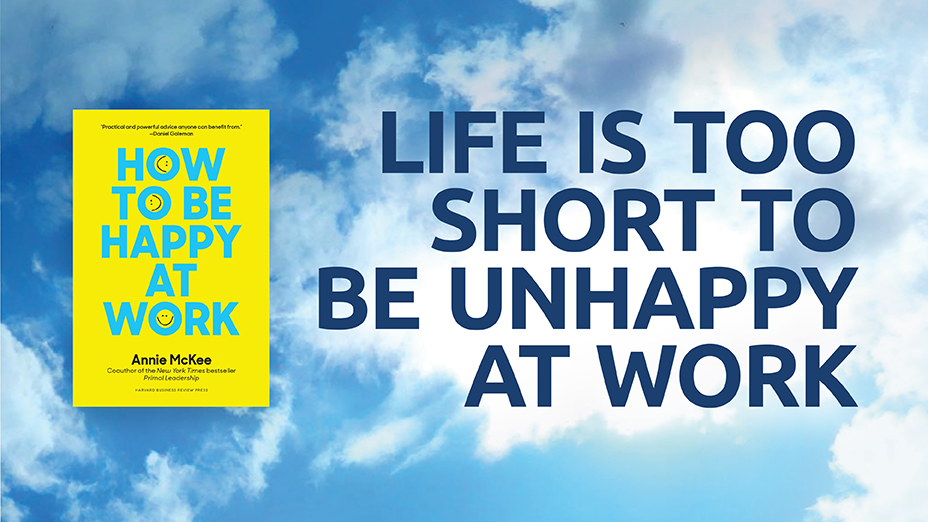When I had the opportunity to visit Google’s headquarters to give a talk last summer, I found out first hand that the rumors are true: there’s a lot of food and it is delicious. From gourmet snacks to expertly prepared full meals, the choices can seem overwhelming at first.
“No one should be more than 200 feet away from food.”
The legendary food service is said to have begun when cofounder Sergey Brin once commanded his architects and office designers that “No one should be more than 200 feet away from food.” Since that proclamation, many outsiders have offered their take on the intent behind this well-publicized Google perk. The most pessimistic explanation for free food (as well as onsite haircuts, complimentary laundry, nap pods and the like) is that Google wants to create a workplace where workers don’t have to leave, and so it’s a thinly-veiled attempt to get more raw work hours out of their employees. A slightly more optimistic explanation is that happy workers are good workers, and that these perks provide a return on investment by keeping employees happy and satisfied.
The truth turns out to be a little different. While there is a return on investment for all the food, the reason for it isn’t just to trick employees into staying on campus. Its purpose is actually to inspire innovative thinking.
As Laszlo Bock, the Senior Vice President of People Operations explains in his book Work Rules: Insights from Inside Google That Will Transform How You Live and Lead , the purpose of the cafes and microkitchens (smaller areas stocked with food and drink closer to work stations) is to create a place for employees to leave their desk and interact with other people whose desks are not near theirs. Bock reveals that most of these food sources are strategically placed between two separate work teams, and the goal of that placement is to draw these different folks together and nudge them to interact and collaborate. “At minimum, they might have a great conversation. And maybe they’ll hit on an idea for our users that hasn’t been thought of yet."
Bock cites sociologist Ronald Burt, who famously showed that innovative ideas tend to occur inside the “structural holes” of a network. Burt asserted that most social networks tended to be tightly clustered with a strong feeling of community. Societies and even organizations tend to cluster around interests, backgrounds or (in the case of business) departments. But the tight-knit communities this creates tends to smother innovative thinking. Information inside the cluster tends to be homogenous and redundant. New ideas drown in a sea of groupthink.
If and when people occupy the spaces between well-defined communities or business units, they are far more likely to connect different ideas from separate communities. As social networks (in this case a company) deliberately put more people into structural holes, they connect one community to other clusters and open it up to new information. That new information yields new and better ideas. As Burt puts it: “People who stand near the holes in a social structure are at higher risk of having good ideas.” In my book, The Myths of Creativity , I discuss how all ideas are combinations of pre-existing ideas and how, by keeping a working knowledge of various domains, we’re more likely to stumble across an original combination and a previously unseen idea.
Free food is the method of choice for filling the structural holes in Google’s overall network. Indeed, when I had the opportunity to eat lunch there with my host, I could not find a single two-seat table at which to eat. And, during the course of our brief lunch, I met multiple new people–none of whom worked in the same department as my host.
It’s too easy to see the free food as a means to just fuel workers and draw from them more work. At Google, free food is fuel for innovation.





.png)
%20(1).png)


What Did You Think?